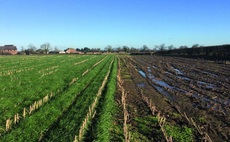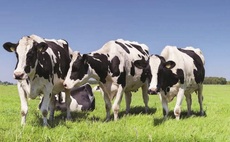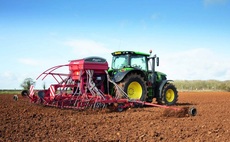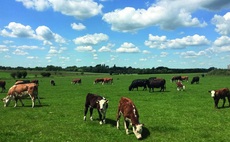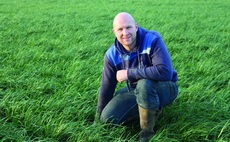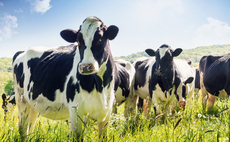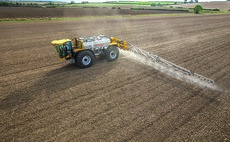Insightful
Livestock
The cattle lungworm, Dictyocaulus viviparus, is a cause of serious respiratory disease in youngstock and adult cattle. Taking a pro-active approach to prevention, and rapidly treating outbreaks, can lessen the negative impact on productivity and reduce costs.
Livestock
Dairy producers have probably lost count of how many times they have heard the benefits of calving heifers at 24 months. Yet most still fail to hit that target, attracting extra costs of about 1.18ppl.
Arable
Undersowing maize with grass is gaining popularity among farmers wanting to avoid bare overwintered stubbles
Livestock
In virtually all grazing systems, cows will be exposed to production-limiting parasites. The presence of parasites does not always result in clinical disease, but the impact of parasite burdens on herd and individual animal performance can still be substantial.
Arable
With spring drilling finally underway in most areas, in the second in our Healthy Soils series, supported by Hutchinsons, Martin Rickatson asks for advice on how farmers can ensure land is fit to help challenged crops.
Livestock
It is vital cattle producers have a plan to minimise, manage and treat parasitic infections before they reduce productivity and business profitability, according to Boehringer Ingelheim.
Arable
Improved nutrient planning and more effective weed control is helping a Wiltshire dairy farmer improve forage crop production.
Arable
Maximise energy in your grass and ‘lock-in’ as much as possible when you turn it into silage. New research points the way.
Arable
Using the right adjuvants could be key to ensuring herbicide efficacy this year, following the challenging weather for planting crops and applying herbicides.
Arable
After the exceptionally wet autumn and winter, many farmers will be assessing their options for spring cropping after winter drilling was abandoned.

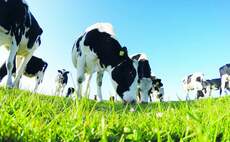
 23 April 2020
•
1 min read
23 April 2020
•
1 min read

